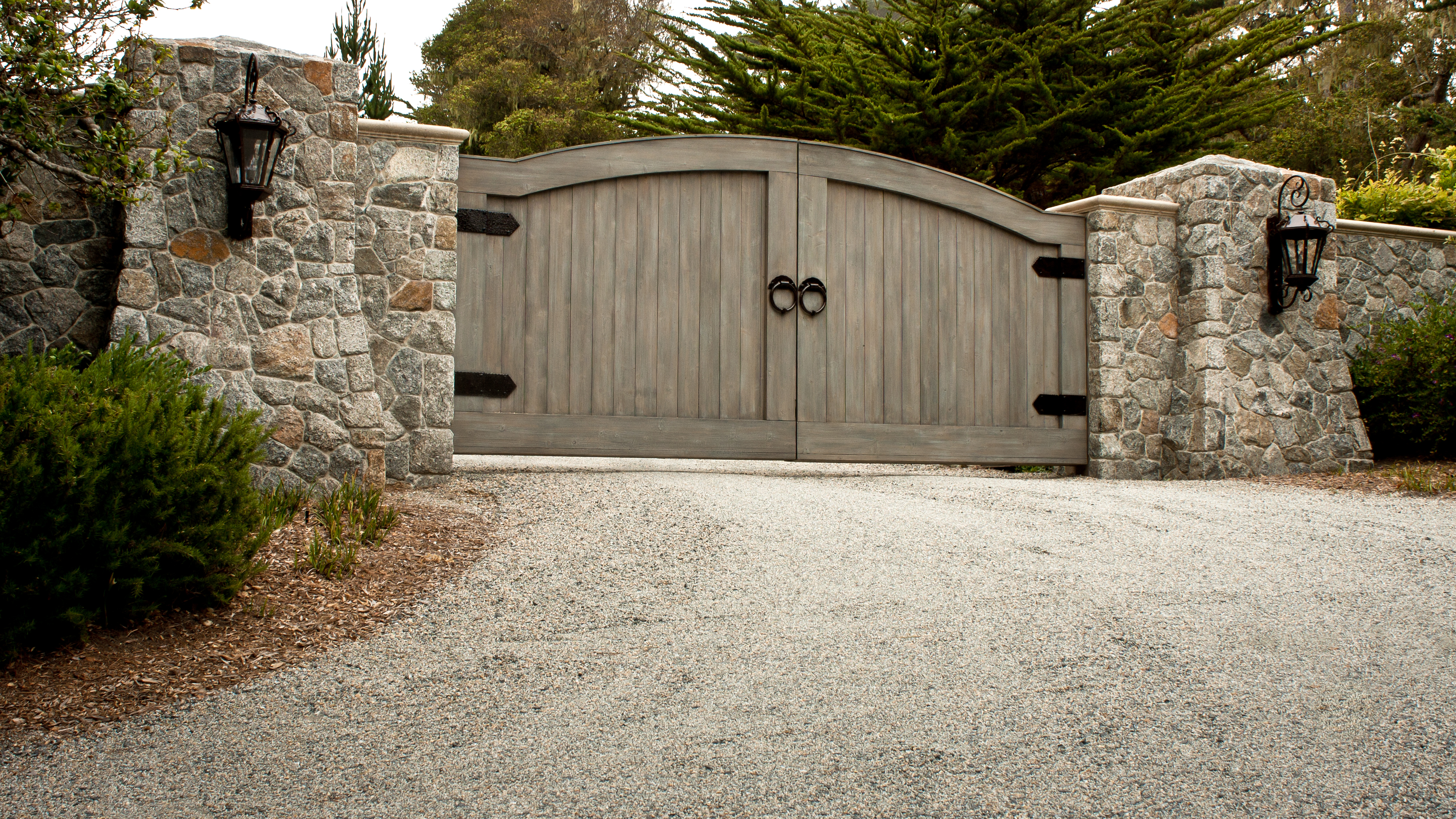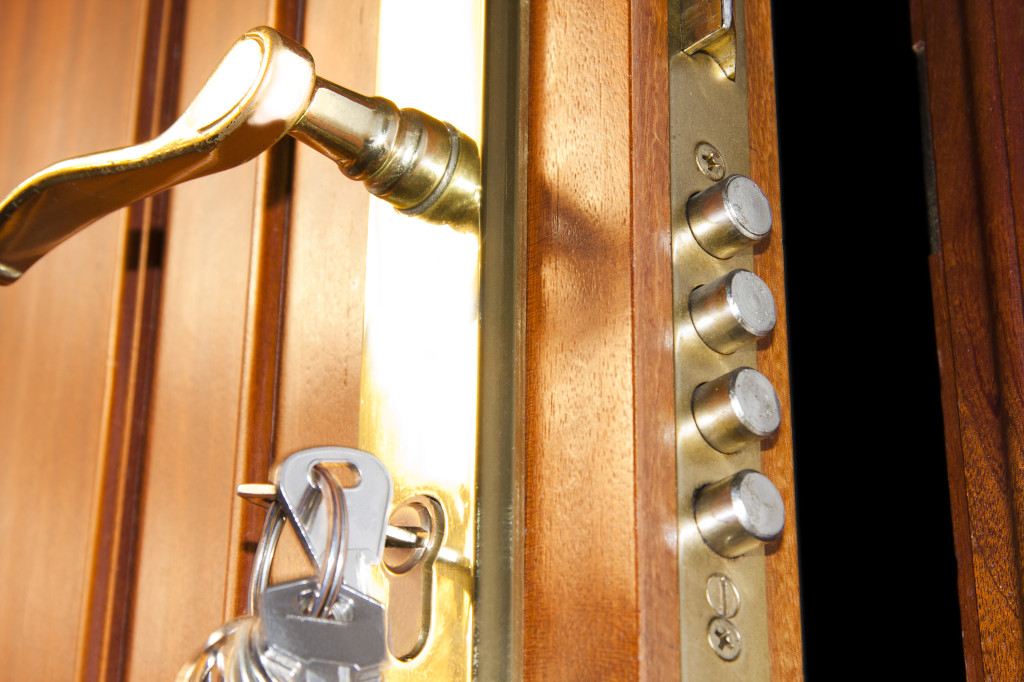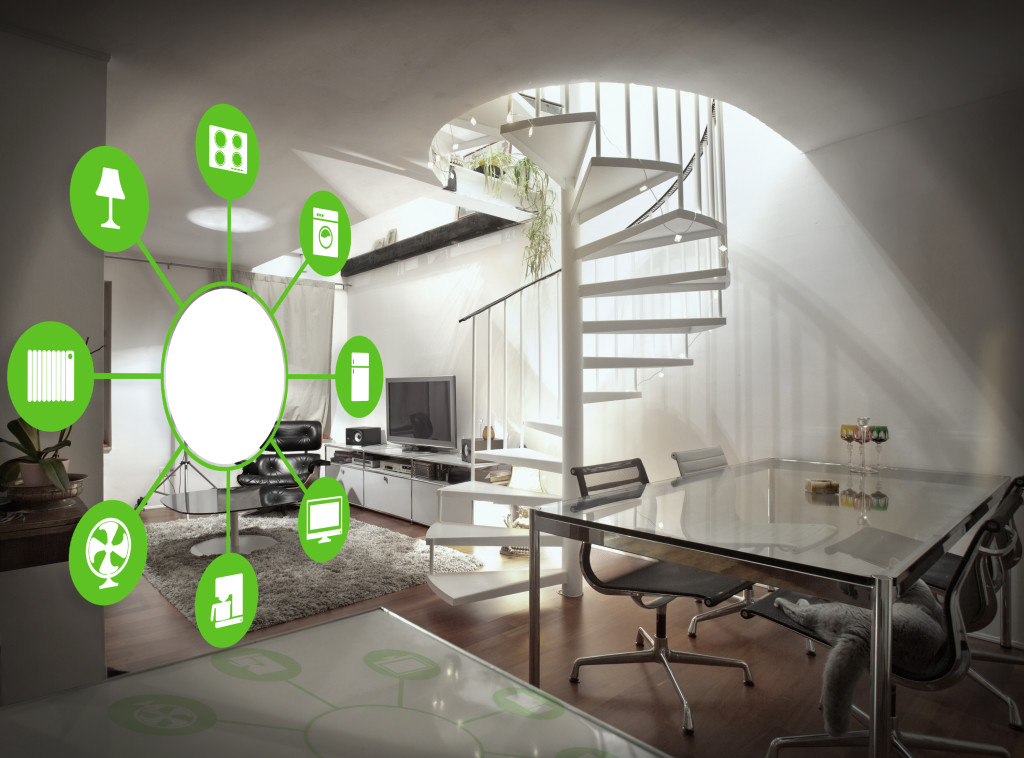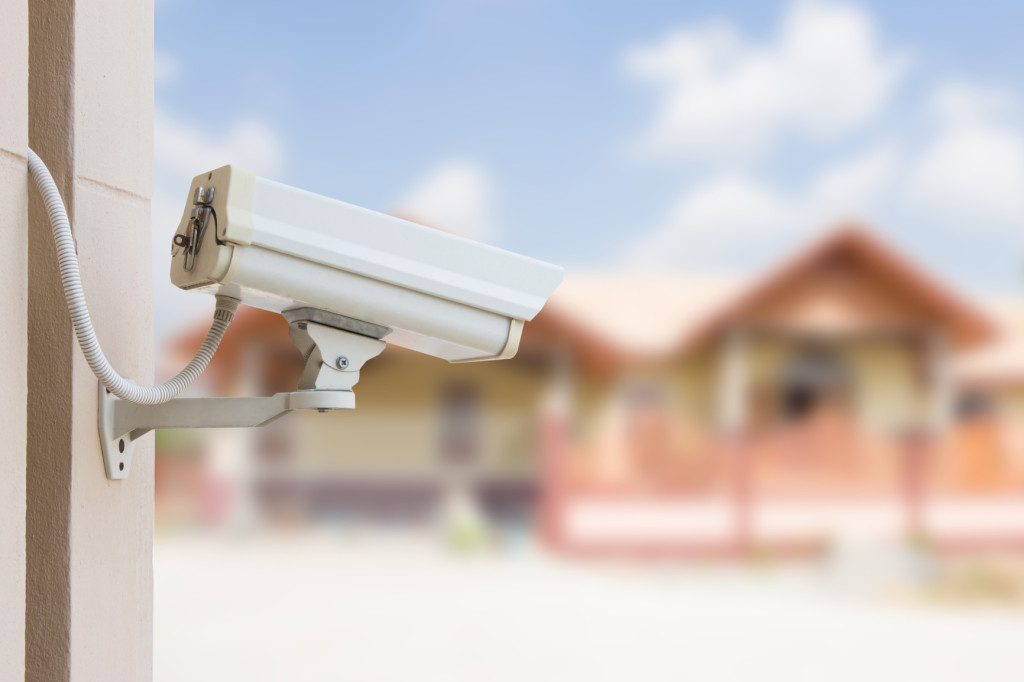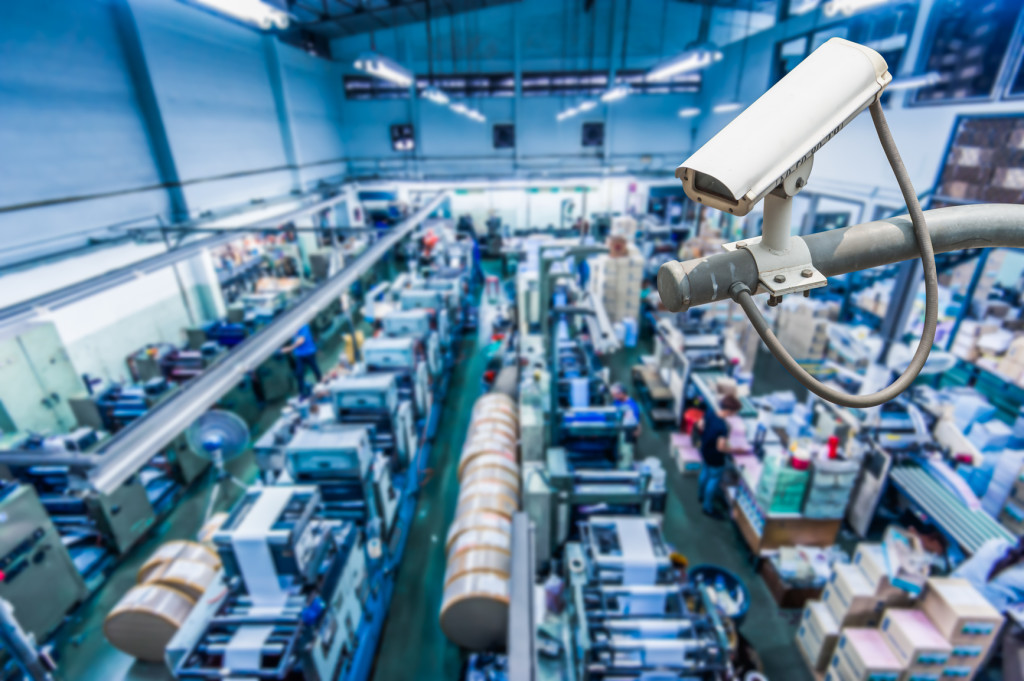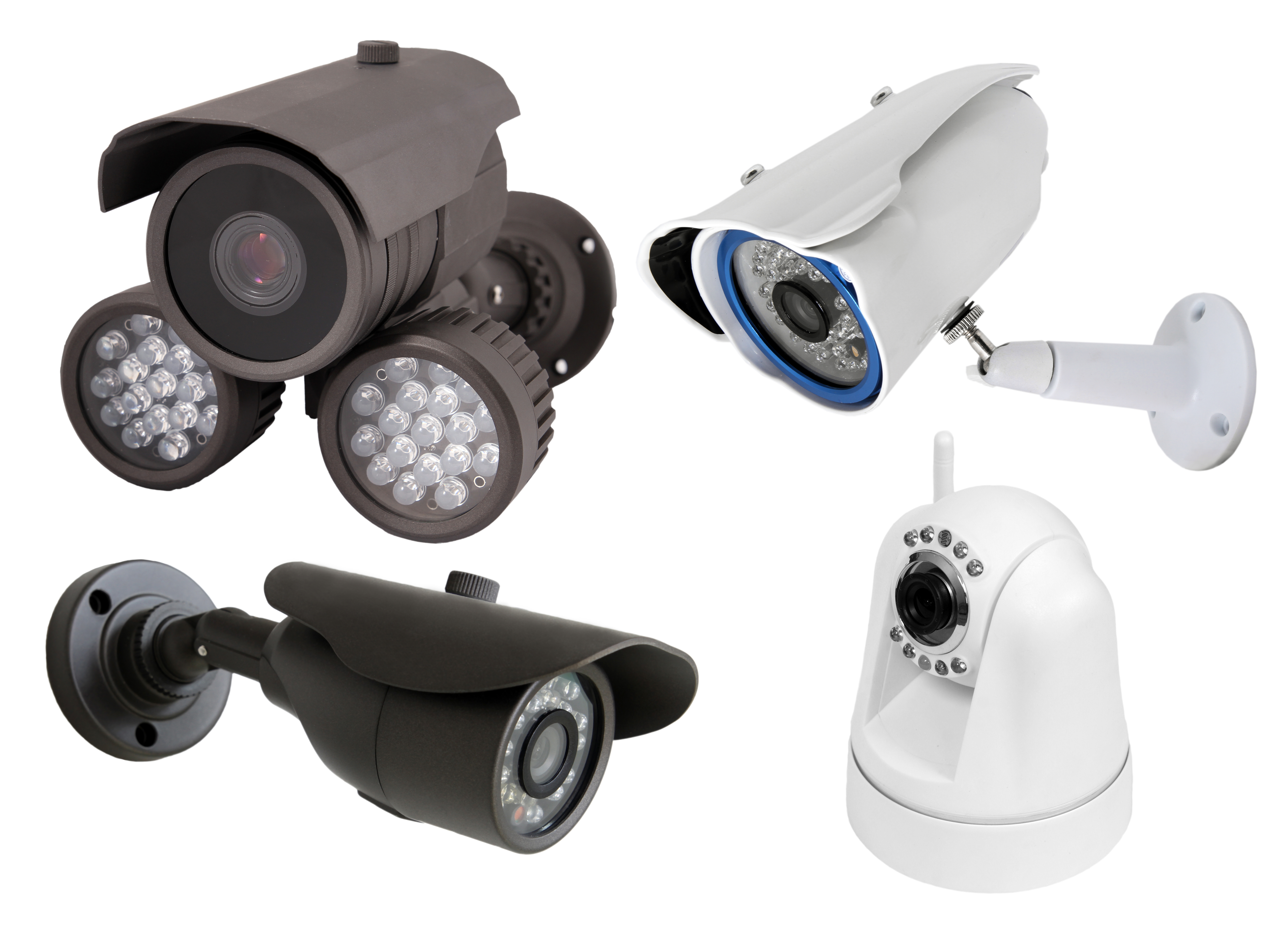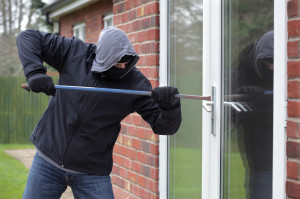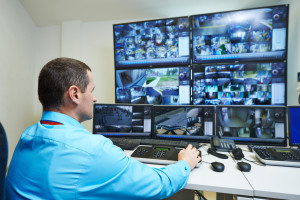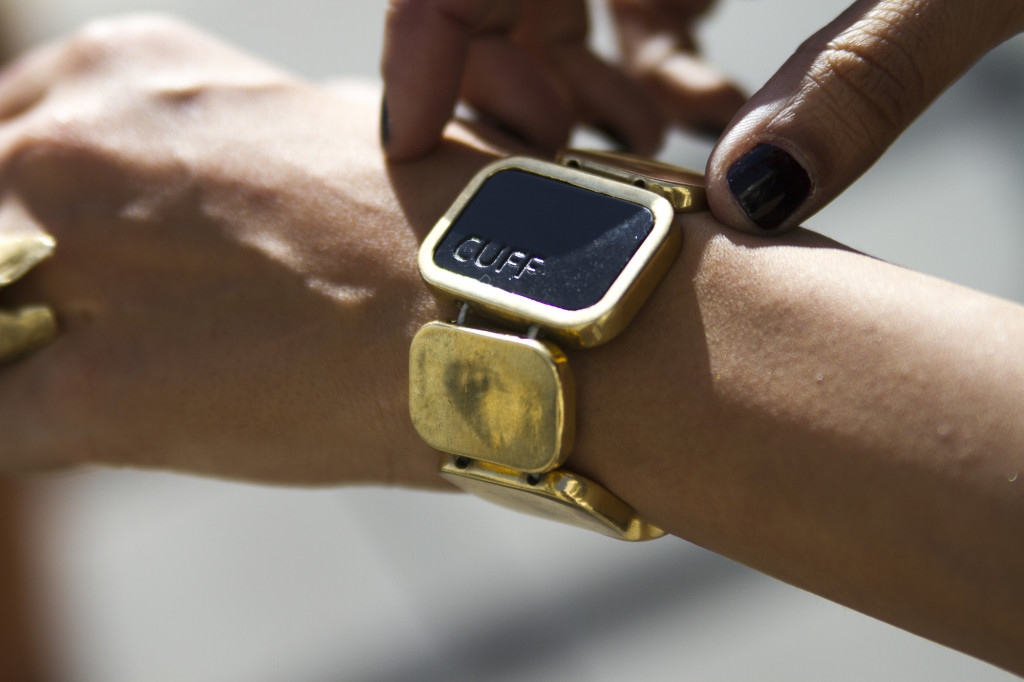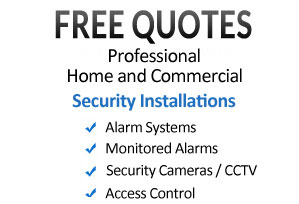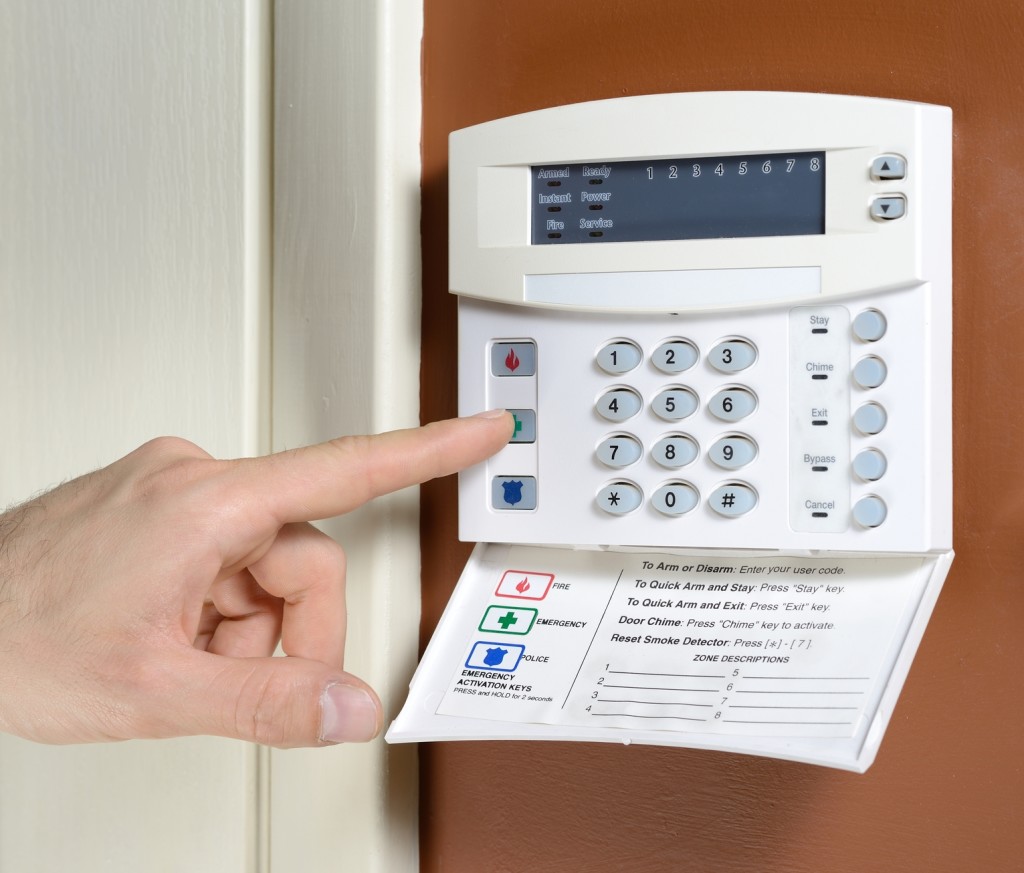
This is part 1 of a 2 part series where we interview John McMenamin – owner of Protec Security and Alarms.
Our interview first covers a bit of background on John and his company. Then we move on to talk about home alarms, we discuss everything from the best brands of house alarms on offer, what you would expect to pay for a quality system and even what you should do if your renting but are still considering an alarm option.
In the second half of the interview we go into commercial alarms, so if you are looking to improve the security of your business click here to jump straight to the commercial discussion.
Even if your not looking to secure your business it’s still an interesting read and has a lot of information that relates to residential security as well.
SS: All right, John, I know you operate two security businesses, give me some background on Protech and your new CCTV focused company.
John: Okay, Protech’s been in the business of putting in home alarms and commercial alarms for over ten years, got over 5000 customers. We recently got into CCTV.
Going forward it’s really about basically catching burglars and preventing people from breaking in.
SS: Now what type of systems does Protech specialize in?
John: The systems we install are Bosch and Paradox in domestic situations and small businesses. We use Hikvision for CCTV.
SS: Now tell us, John, how did you get started in the security industry? Maybe a brief history or a brief sort of security CV as such?
John: About ten years ago I saw a need really, an expanding business in security and basically went out to learn my trade, work for someone else and yeah, the rest is history.
SS: I know Protech is licensed by the New Zealand Justice department, how does the licensing and registration process work? Because I know there are a number of electricians who sell and install home alarms on the side but are not really properly licensed.
John: So it’s important that you check for private investigators and security guard licensing if you’re leaving one on your property. It means they’ve had a background check by the government and been vetted, you know if you’re dealing with security you want to make sure the person working in your house is secure.
As you said a lot of electricians don’t actually have licenses, they could be anyone really.
SS: Home alarms. I guess the first question everyone wants to know John is how much is a home alarm system going to cost and what sort of packages do you offer?
John: Base price for a home alarm which is a two-sensor system is 699 plus GST.
It’s installed with a five year warranty. The packages really depend on how many sensors you have in the house and what brand of alarm you are using. The most common brands that we use are Bosch and Paradox which are the top two brands, we consider.
SS: Paradox or Bosch, which one tends to be more expensive, any sort of quality differences?
John: Paradox is more intended for small commercial and Bosch is more of a domestic one, from our experience with customer and how they buy them.
SS: Besides the question of price what are the other most common questions you generally get asked when you go and visit potential clients?
John: First thing generally is how far into the house the alarm is going to cover, like where the sensors cover in the house. How many they need and sort of features like monitoring and sort of the deterrent factor, sirens on the outside and stickers.
People really don’t know a lot about alarms and they have questions about how effective they are and where they are going to go in the house, are probably the most common questions.
SS: You probably get a few questions about false alarms as well, right?
John: That was in the old days, nowadays the standard of our products is really high so false alarms are not a problem. You’re covered under a warranty situation for five years anyway.
Generally the gear, the standard of electronics has reached a standard now where you shouldn’t actually get a false alarm. Most common false alarms are just animals or failure to maintain the system, like spiders and vermin and that type of thing.
SS: What is your top selling home alarm package and why? You suggested before it’s the Bosch system is your main residential system so I guess you can expand on that a little bit for us?
John: The basic system for most houses, three bedroom, single story, weatherboard style houses would be two sensors, keypad, which is, you know, the 699 package and a couple of signs inside and out, that sort of does most houses, that’s the most common one really.
SS: What percentage of customers get security systems as a preventative measure rather than after the fact?
John: About 50/50
It’s just getting people to realize that crime is on the rise no matter what the government says and I think it’s tough times and it’s going to get worse. It’s like insurance, you need to have it nowadays.
SS: I know you are based in Auckland but any thoughts across the country? How does Auckland stack up crime wise?
John: Some parts of Auckland are definitely the worst. It’s just getting to the point that no matter where you are in New Zealand you can’t lock your door any more.
You can’t leave your door open, you’re just going to have to lock it up and put an alarm on it or else you get burgled, no matter where you are.
SS: Another question that relates to that, what are some of the worst areas of Auckland that you sort of are familiar with just that are a bit more high risk than others?
John: The lower socio-economic, you know, because it’s basically quite easy to just pop over the fence and grab something that’s not yours. But anywhere you get a mixture, state housing mixed with private houses, they always seem to be bad areas.
SS: Makes a lot of sense
What advice would you give to renters whose landlords won’t install alarms for their tenants?
John: You’ve just got to threaten them you’re going to leave, basically. Because otherwise you are going to leave and they are going to get someone a bit worse than you are, generally the standard of tenants is going to go down.
It’s not a big expense nowadays. You can also get wireless ones you can put in yourself which are inexpensive and you take with you.
SS: And you see them as being effective?
John: Yeah, they’re good, as a cheaper option they’re good.
SS: How important is monitoring and what are the ongoing costs of that?
John: Insurance companies realize the importance of monitoring as they specify it in some commercial situations so it’s good to have a bit more teeth, people are going to turn up if you’ve been broken into, someone’s going to get in and tend to the broken glass or smashed doors and it’s not left one or two days or if you went on holiday for a long time, without anyone attending to it.
SS: You’ve mentioned benefits for insurance, for commercial but what about residential, do they generally offer any incentives or discounts there?
John: They do, depending on the insurance company. I think it’s about 10-15% for an alarm, that’s slightly more for a monitored alarm so that’s something to look at.
SS: What are the usual costs of call outs – how long can we expect it to take for the patrol car come to the house, what sort of time frame are we looking at here?
John: It depends on the area and how the traffic is but sort of five to fifteen minutes on the outside would be a good response time.
And the fee of $55. With Protech we don’t have any annual fees, we have them waivered by companies we do business with so it’s just on a call out business as you need them and if you’ve got your mobile phone linked up, when that alarm goes off you can make the call if you wanted to send a patrol anyway.
SS: What sorts of technological improvements and changes have you seen over recent years in home alarms and what do you expect to see in the near and the bit more distant future?
John: The rise of the wireless system seems to be a big thing and also cell phone monitoring where you don’t actually use phone lines and the price is dropping all the time so at some point in the future the alarm will be totally wireless and not connected to the phone at all.
SS: You’re saying we won’t see any more hardwired systems, it’ll all be wireless?
John: Wireless

Commercial Alarms
SS: What are the key differences between house alarms and commercial alarms?
John: Generally the style of sensors because the environment is slightly more harsh and then businesses often have special setups to monitor codes for different staff that come and go. Most of the time commercial alarms are monitored so you need the software and the alarm to handle seeding and unseeding times and a number of codes.
SS: I guess, trickier to price than residential alarms I’m sure but can you give us some idea of some of your commercial alarm packages?
John: In a monitoring package with us they start at $699 as well and we offset a bit of the cost with the monitoring but generally the installation will be harder because you’re having to use capping and deal with no roof space. They tend to have more sirens as well and they’re systems that generally get hit so you need to give a bit more thought to where you put everything. Height, controls and that sort of stuff.
SS: I imagine some of the commercial alarm systems can be pretty elaborate, can you tell us about one or two of the more interesting installations you’ve done?
John: You get to the stage where the control panel that you’ve done is basically like a little computer so it’s got different areas, multiple codes, different features, functionality and the large battery backup system so if the power goes out they run for quite a while without having problems. And also the monitoring gets upgraded where anyone that comes in gets challenged after hours and if the alarm is not set at nighttime the owner generally gets notified as well.
SS: By getting challenged you mean a call on premises?
John: Yeah, they have a coding system so if someone comes in after hours they are challenged with a coding system.
SS: I’ve seen smokescreen systems used in some stores, what’s your take on those?
John: They are good for jewelry stores, we’ve got a few customers with them. They are very expensive to run.
But in a system where you need to blank out very quickly they are the best you can get, so. Tend to be in jewelry stores.
SS: Places I guess where smash and grab and you need to be able to get them out of there as fast as you can.
SS: You mentioned in terms of alarm monitoring that there are some upgrades when you go from home monitoring to commercial alarm monitoring. Can you give me some idea on that, do they cost the same, what does an upgrade sort of consist of?
John: Commercial monitoring tends to be a bit more serious in the fact that you’ve got a lot more staff coming and going. So you need to monitor them as well so they have multiple codes that get monitored, also if they come in after hours they are challenged and it’s called a managed system and also you may have a duress feature, high end security where someone comes in and a hold-up situation if they don’t answer with the right code when the monitoring company calls then a guard is sent out.
John: More personal security as well.
SS: Any predictions on what we might see for the future of commercial security?
John: So commercial security is basically going to go down the wireless path I’d imagine as well. Also integration with cameras, on-site cameras, so monitoring companies can see intruders and hold-up situations via CCTV. And that will be interfaced to police so it’s getting more hi-tech as the internet gets faster and better.





